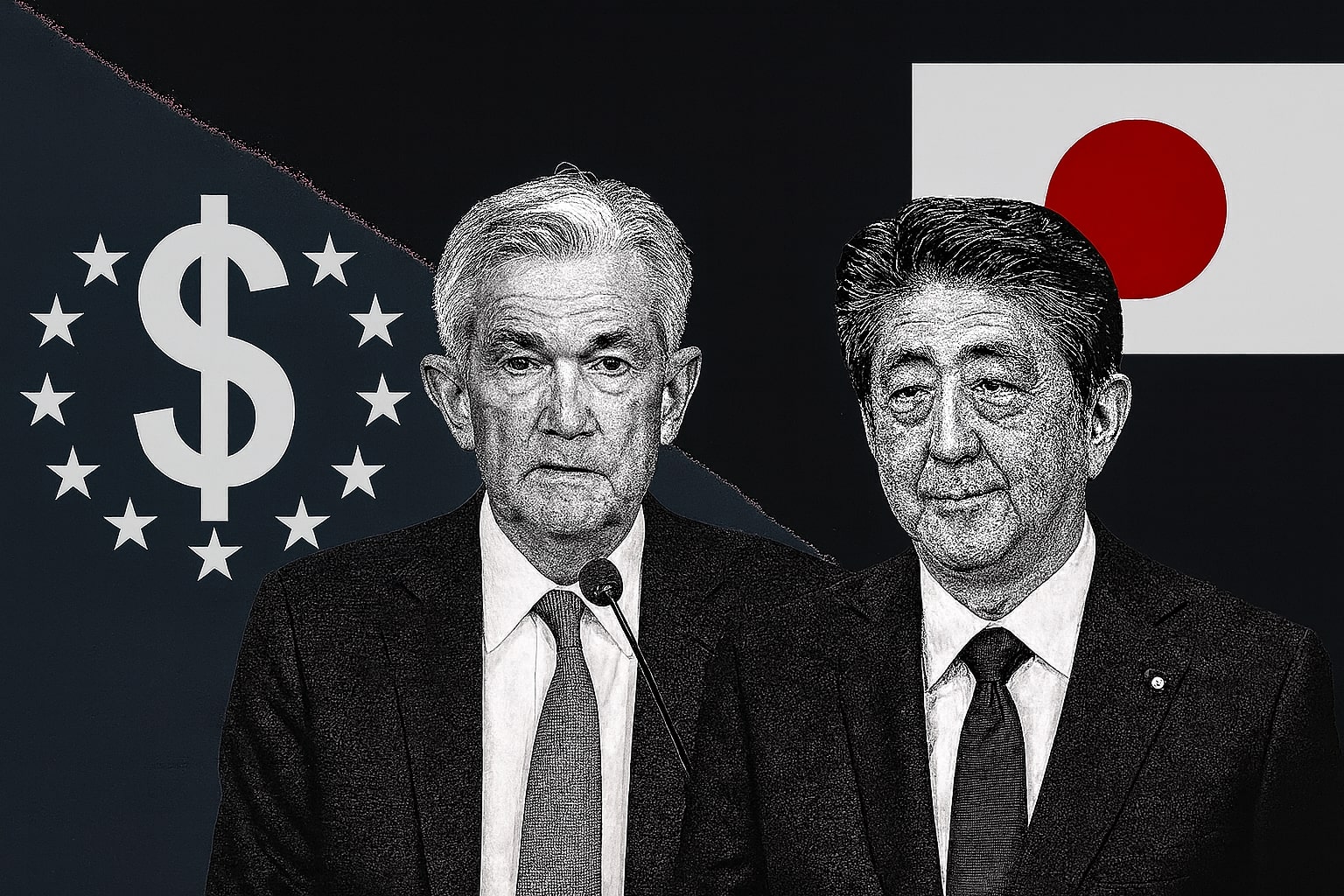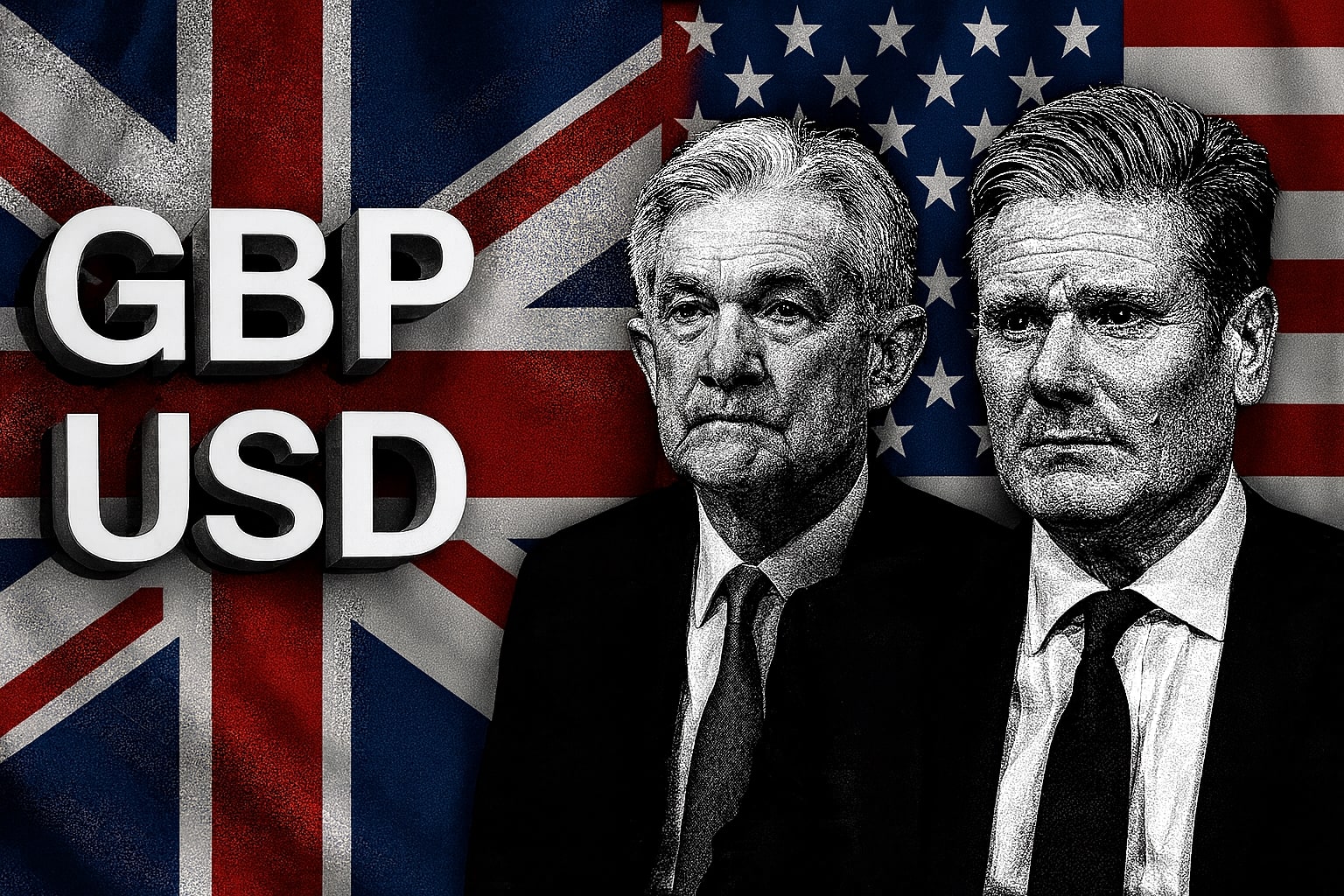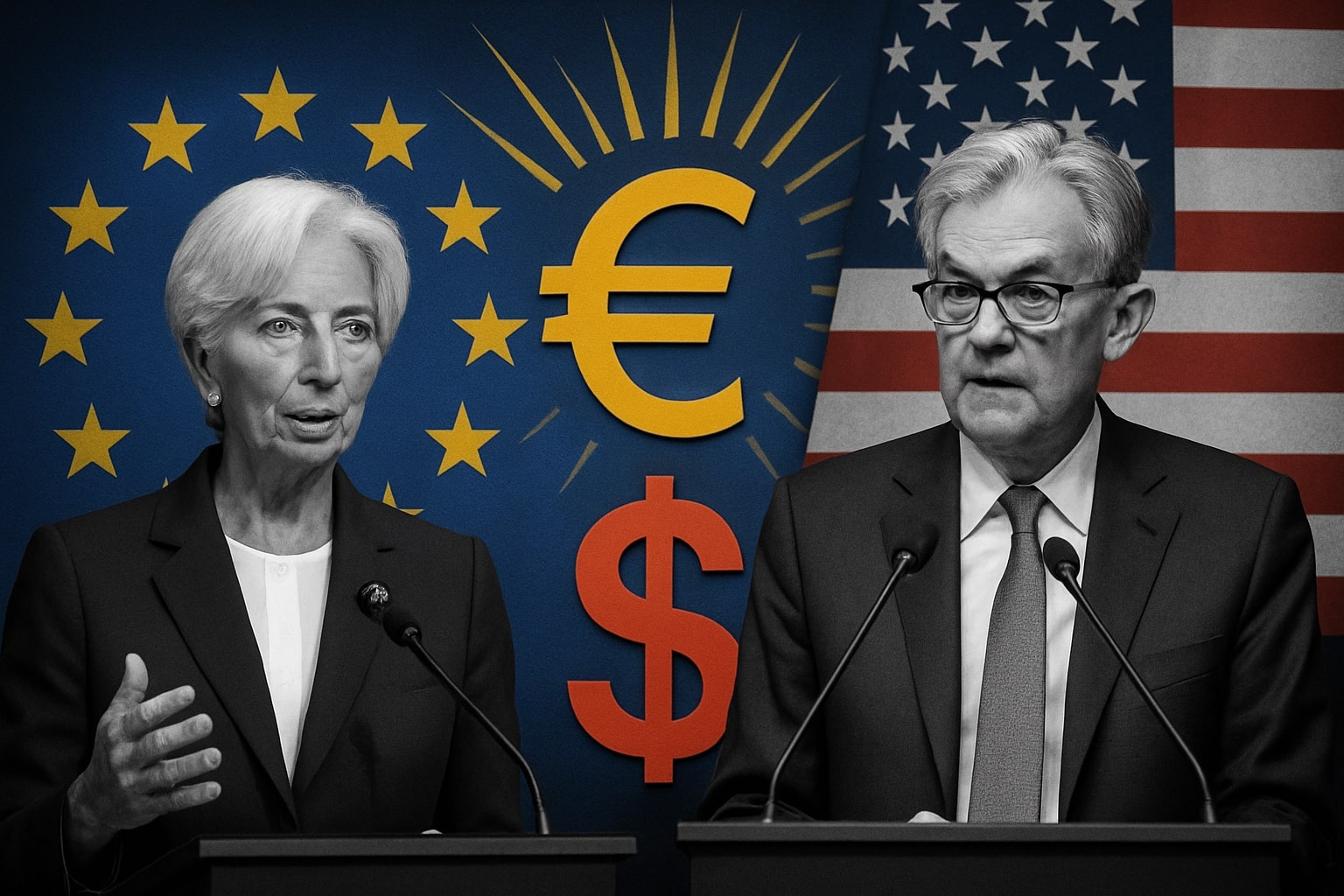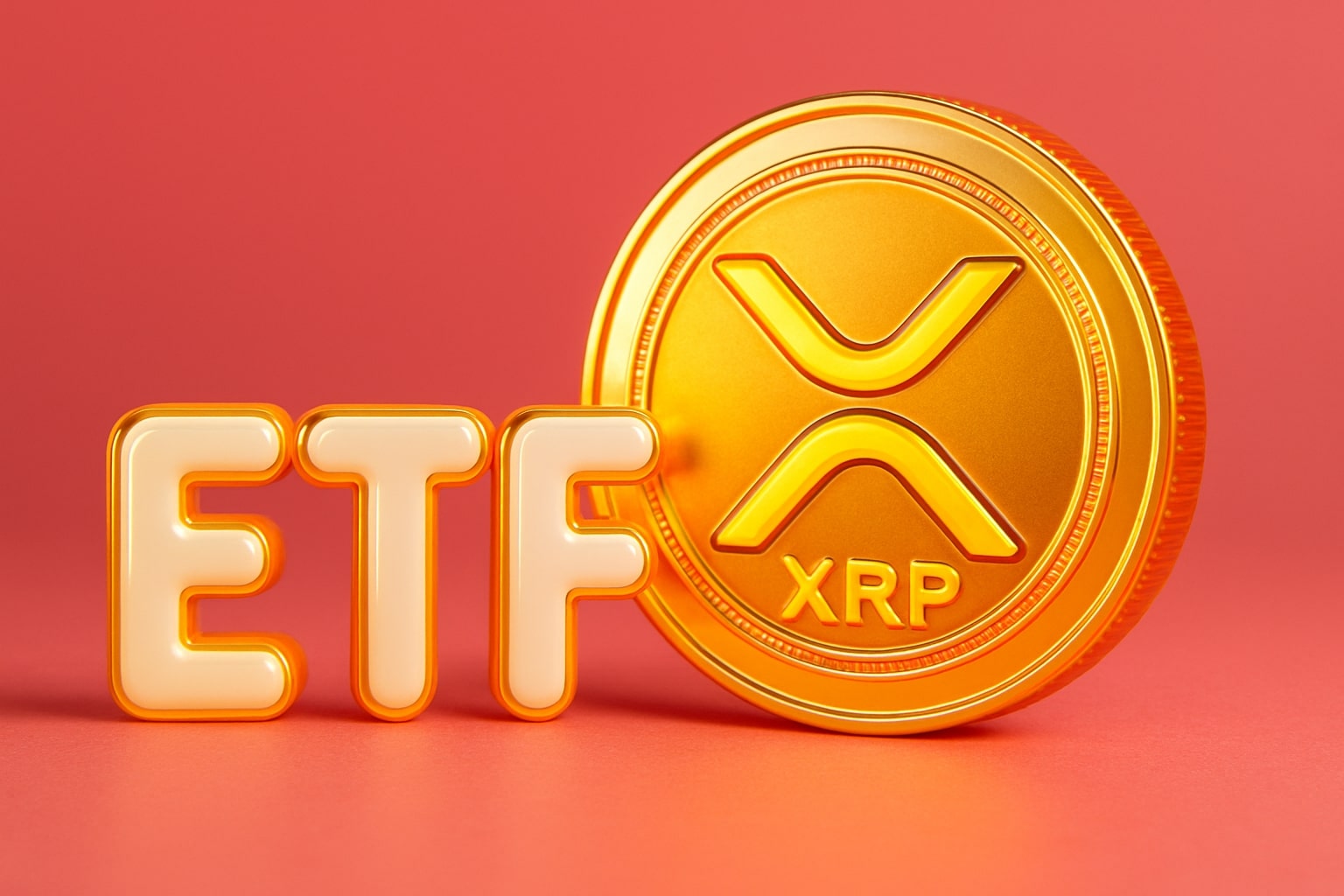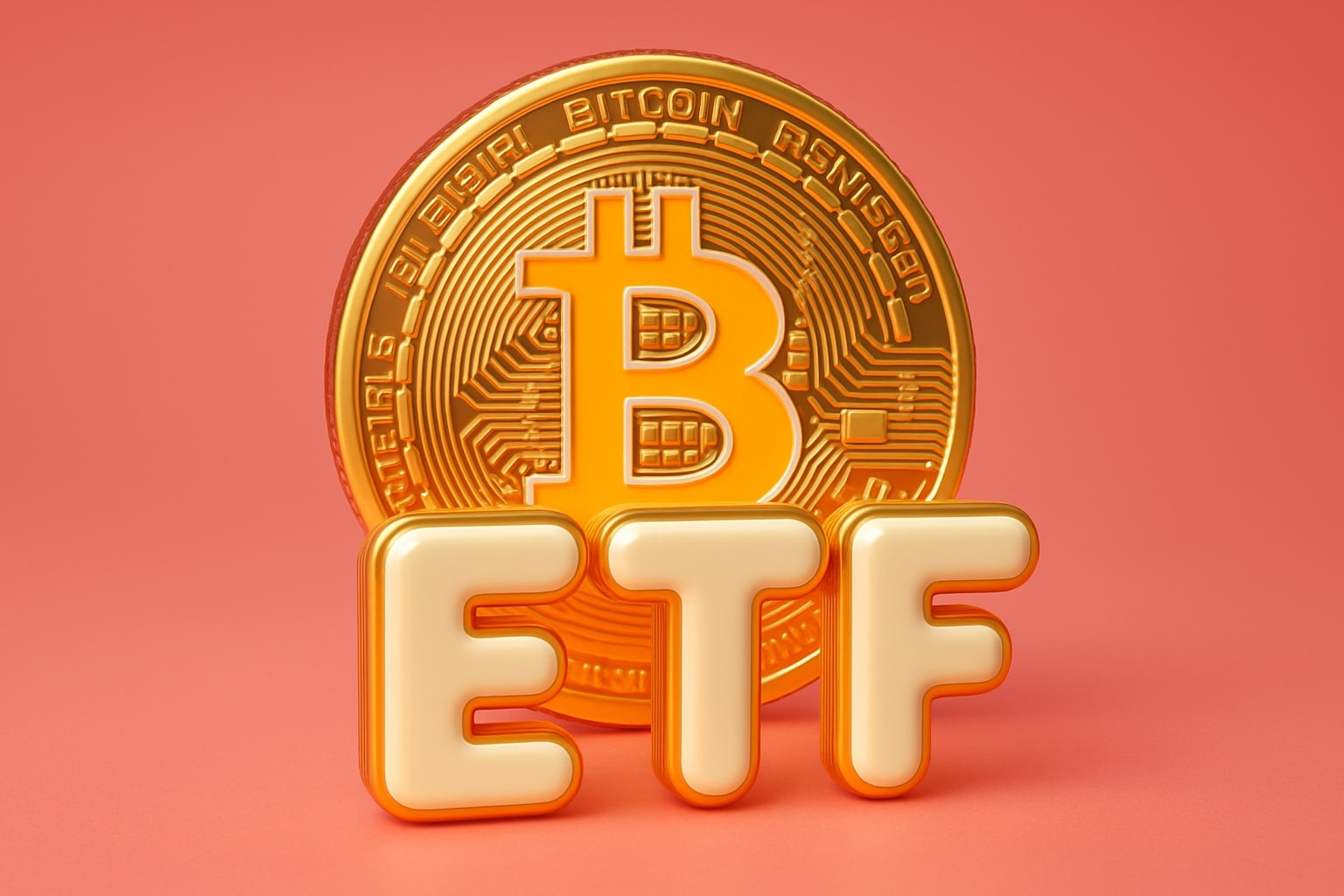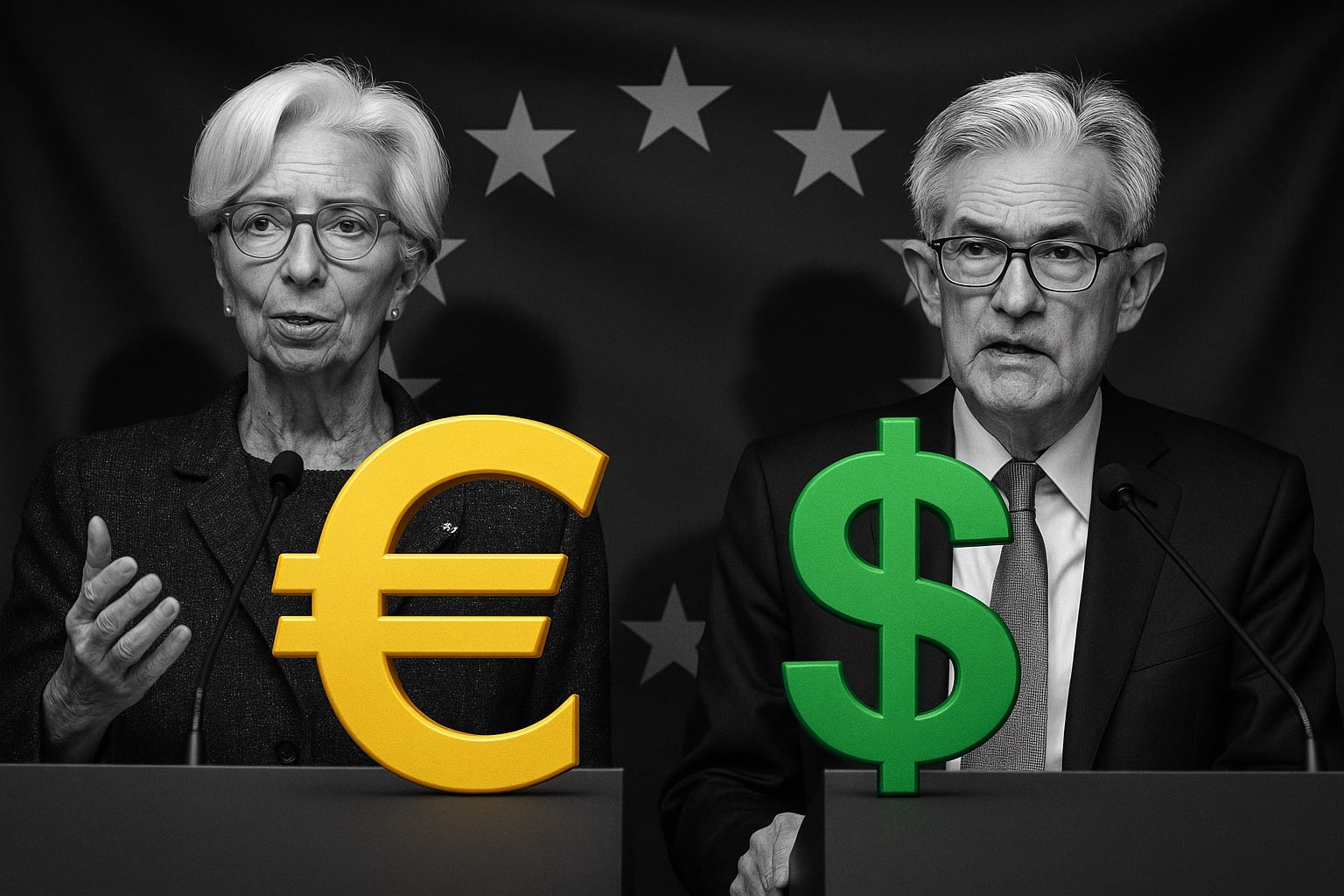
EUR/USD Price Forecast - Euro to Dollar Steadies at 1.1620 as CPI Miss, Energy Spike, and Fed Cut Bets Drive Currency Crossroads
The euro holds near $1.1620 (+0.05%) as traders weigh a softer U.S. CPI (3.0% vs 3.1%), looming Fed rate cuts, and Eurozone PMI slowdown | That's TradingNEWS
EUR/USD (Euro to U.S. Dollar) Consolidates as Inflation Data and Energy Volatility Shape Market Direction
The EUR/USD pair trades near 1.1620, stabilizing after a volatile week dominated by U.S. inflation data, Eurozone PMI expectations, and heightened geopolitical tensions. Investors are cautious as macroeconomic signals from both sides of the Atlantic clash—softening U.S. CPI data contrasts with persistent weakness in European manufacturing. The euro’s marginal rebound from 1.1580 underscores fragile sentiment, with traders unwilling to take major positions ahead of the Federal Reserve’s next policy decision and the outcome of the U.S. government shutdown entering its 24th day.
Market Structure and Technical Outlook on EUR/USD
Technically, EUR/USD remains confined in a tight consolidation range between 1.1570 and 1.1665, failing multiple times to break above the 200-day EMA at 1.1665, while support holds firm at 1.1535. The RSI sits around 45, suggesting indecision and limited directional conviction. The 20-day EMA at 1.1627 and 50-day EMA at 1.1645 are acting as pressure zones, maintaining downward bias unless a decisive breakout above 1.1700 occurs. A sustained move below 1.1570 would open room toward the 1.1490–1.1500 psychological zone, while a breakout above 1.1665 could pave the way to 1.1710, then 1.1835, marking the upper boundary of the medium-term corrective phase.
Macro Drivers: Inflation, Fed Expectations, and U.S. Dollar Dynamics
The euro’s muted tone reflects investors’ focus on the latest U.S. CPI, which rose 3.0% year-over-year, slightly below forecasts of 3.1%. That modest miss fueled cautious optimism that the Federal Reserve may continue easing into the year-end. Futures markets now price in two 25-basis-point rate cuts—one in October and another in December—leaving the U.S. Dollar Index (DXY) hovering near 99.07, up 0.14% on the day. Despite this, the dollar remains underpinned by safe-haven flows as the prolonged government shutdown deepens fiscal uncertainty. Treasury yields have softened, with 10-year U.S. yields falling to their lowest level in 12 months, reducing dollar momentum and allowing the euro to stabilize above 1.1600.
Eurozone Fundamentals Under Pressure
On the European front, PMI data due from the Eurozone is expected to highlight ongoing contraction in manufacturing, with forecasts pointing to readings below the critical 50 threshold. The services sector continues to signal stagnation, raising pressure on the European Central Bank (ECB) to maintain an accommodative stance. Market participants expect ECB policymakers to reinforce dovish guidance at their upcoming meeting, citing weak wage growth and declining new orders. The euro’s inability to benefit from softer U.S. yields reveals investor skepticism about Eurozone recovery, especially as energy imports continue to weigh on trade balances.
Energy Market Turbulence and Policy Risks
The energy shock remains a key macro driver for EUR/USD volatility. Brent crude surged over 5% following new U.S. sanctions on Russia’s Rosneft and Lukoil, which tightened global supply expectations and lifted oil to a two-week high. Simultaneously, reports of China suspending Russian seaborne oil purchases triggered concerns of a broader geopolitical repricing. The resulting uptick in oil prices—now hovering near $95.80 per barrel—threatens Europe’s fragile inflation backdrop, potentially worsening the bloc’s current account deficit. The euro’s muted response to these developments suggests traders are increasingly viewing the single currency as structurally vulnerable to energy shocks.
Geopolitical Headwinds and Cross-Market Sentiment
Global markets remain reactive to ongoing political uncertainty. President Donald Trump’s administration continues to escalate tariff threats, particularly after ending trade talks with Canada amid a dispute over a Reagan-themed ad. Meanwhile, his scheduled meeting with China’s President Xi Jinping is seen as a potential inflection point for global risk sentiment. Despite these tensions, EUR/USD’s volatility remains subdued, with implied three-month volatility dropping to its lowest since the 2024 U.S. elections. The market’s calmness contrasts sharply with the backdrop of heightened geopolitical risk—underscoring traders’ preference for neutral positioning before the Fed and ECB meetings.
Comparative Dollar Dynamics and Safe-Haven Flows
While the U.S. Dollar Index (DXY) remains supported, the broader market shows selective strength. The GBP/USD pair trades near 1.3330, while USD/JPY continues its rally toward 150.50, reinforcing dollar dominance across G10 currencies. Yet, safe-haven demand in gold—holding near $4,144/oz—and risk rallies in equities like NASDAQ (+1.26%) and S&P 500 (+0.93%) reveal a split sentiment where investors hedge currency exposure while maintaining equity optimism. This divergence has capped EUR/USD downside momentum but failed to trigger a meaningful rebound.
Institutional Outlook and Market Positioning
Banks remain divided on EUR/USD’s near-term direction. ING maintains a year-end target near 1.20, expecting gradual euro recovery once inflation pressure fades and Fed easing accelerates. Danske Bank, however, warns of tactical dollar strength, arguing that “with two Fed cuts already priced in, the balance of risks remains tilted toward a stronger USD.” Positioning data supports this caution—CFTC futures show euro net longs falling to their lowest in three months, reflecting waning conviction among institutional investors
Read More
-
PPA ETF at $154: Can This Defense ETF Keep Beating ITA and SPY?
14.12.2025 · TradingNEWS ArchiveStocks
-
XRP ETFs XRPI and XRPR Pull In $975M While XRP-USD Fights To Hold $2
14.12.2025 · TradingNEWS ArchiveCrypto
-
Natural Gas Price Forecast: NG=F Hits $4.11 As Warm Winter Outlook Puts $3.913 Support At Risk
14.12.2025 · TradingNEWS ArchiveCommodities
-
USD/JPY Price Forecast - Dollar to Yen Can BoJ’s 0.75% Shock Break The 155–158 Range?
14.12.2025 · TradingNEWS ArchiveForex
Technical Behavior and Volatility Compression
Despite fundamental catalysts, volatility in EUR/USD remains compressed. The pair’s implied volatility has declined by over 12% month-over-month, and the Bollinger Bands have narrowed to their tightest spread since February. Historically, such conditions precede significant breakouts. The symmetrical triangle pattern forming between 1.1570 and 1.1665 signals equilibrium, but an external catalyst—likely U.S. inflation or Eurozone PMI results—could soon dictate the next trend. If the pair breaks below 1.1540, momentum models forecast a slide toward 1.1420, aligning with the 0.382 Fibonacci retracement of the 2023–2025 bull run.
Forward Outlook and Decision
Looking ahead, EUR/USD faces a data-heavy horizon. The next CPI reading and ECB communication will likely determine whether the pair can reclaim 1.17 or revisit 1.15. Traders remain cautious, with markets pricing in 92% odds of an October Fed rate cut and 96% odds for another in December. As global risk sentiment oscillates between optimism and policy anxiety, the euro’s recovery potential remains limited by economic divergence and energy vulnerabilities.
At 1.1620, EUR/USD sits at a crossroads—technically resilient but fundamentally constrained. Given muted momentum, tightening volatility, and Fed-driven dollar resilience, the outlook leans bearish to neutral. A decisive close below 1.1570 confirms renewed dollar strength, while a break above 1.1665 would mark the start of a corrective rally toward 1.1835. Based on macro fundamentals, positioning, and technical compression, the current stance on EUR/USD is Hold, with short-term bias bearish toward the 1.1500 region unless data clearly weakens the U.S. inflation narrative.














